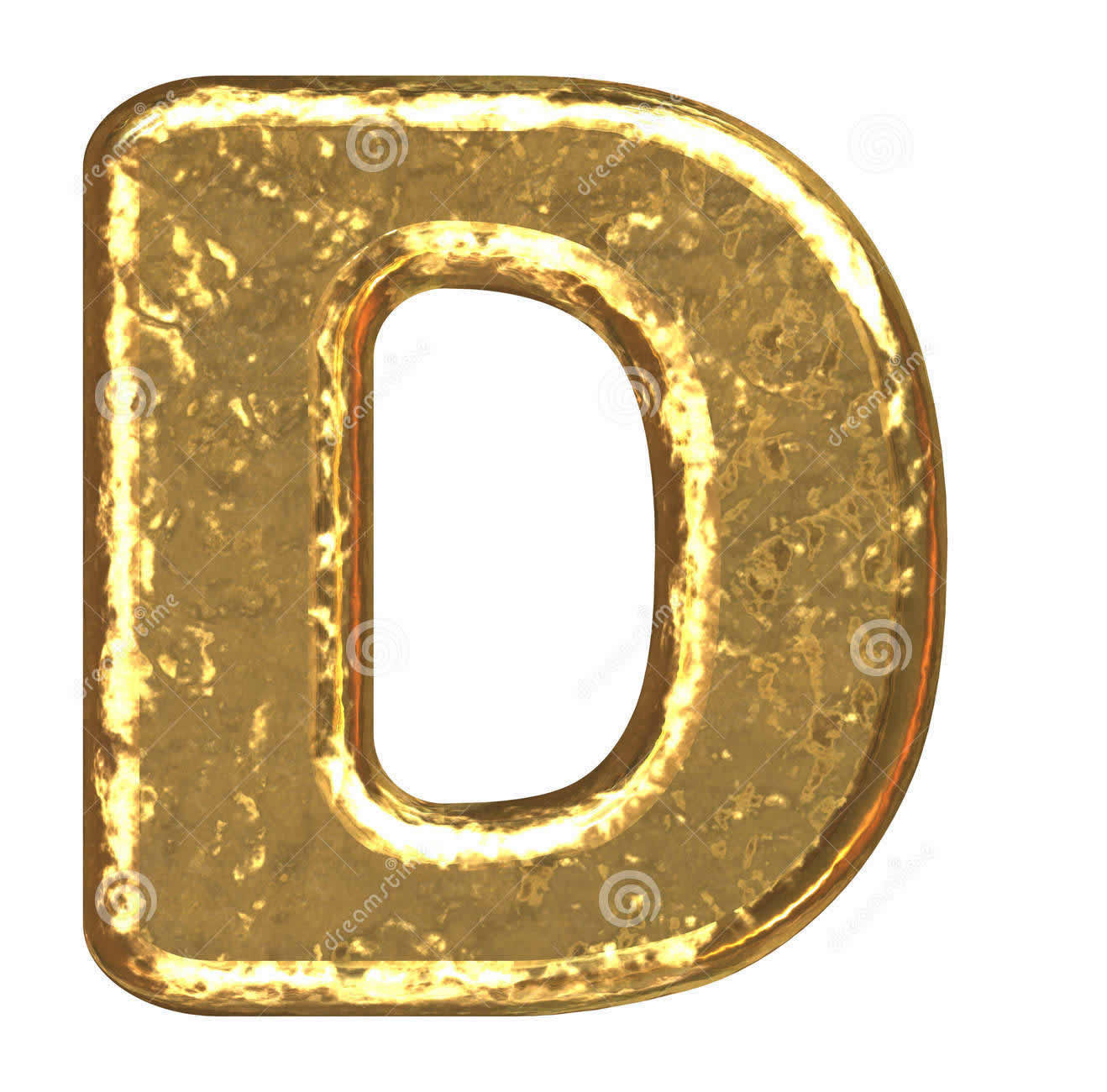

The amount of vitamin D will vary depending on where the salmon is caught and the time of year. On average, wild-caught salmon has more vitamin D.

Whether the salmon is wild or farmed can greatly affect the vitamin D content. Salmon is a popular fatty fish and a great source of vitamin D.Īccording to the United States Department of Agriculture (USDA) Food Composition Database, one 3.5-ounce (100-gram) serving of farmed Atlantic salmon contains 526 IU of vitamin D, or 66% of the DV ( 4). Here are 7sevenhealthy foods that are high in vitamin D. They can also help you find out if you are deficient. Whether you need a vitamin D supplement in addition to food and sun exposure is a question to ask your doctor. It’s best to get vitamin D from food or supplements. This tells you what amount of your daily vitamin D requirement the food will provide ( 2, 3). The vitamin D content is listed as a percentage of the DV on the nutrition facts label on food packages. The daily value (DV) for vitamin D is 800 IU (20 mcg).

That’s why getting vitamin D from food or supplements is best. And depending on where you live in the world, it may just not be possible to have enough year-round sun exposure. People with more melanin may also produce less vitamin D through their skin, increasing the risk of deficiency. To reduce the risk of skin cancer, it’s smart to cover up, wear sunscreen, and avoid being outside during peak sun hours. There are a few reasons why getting enough vitamin D this way is hard. Our bodies produce vitamin D when exposed to sunlight. It’s estimated that 80% of adults in Pakistan, India, and Bangladesh have vitamin D deficiency ( 1). Other areas of the world may have higher rates of deficiency. Research suggests that about 35% of adults in the United States are vitamin D deficient. It’s hard to know how many people are deficient because experts have not reached an agreement about what target levels should be ( 1).


 0 kommentar(er)
0 kommentar(er)
